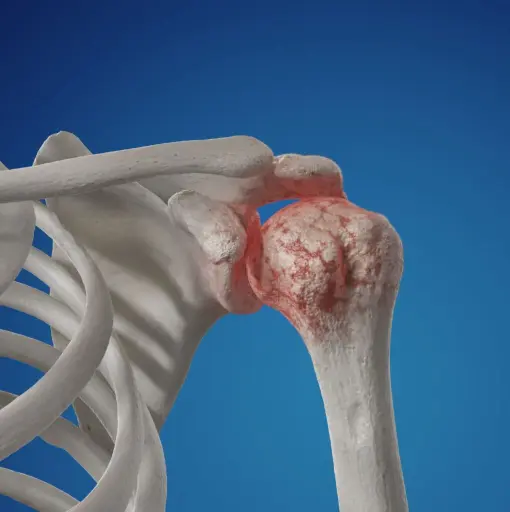What Is Overhead Athlete Shoulder?
Overhead Athlete Shoulder, often referred to as Thrower’s Shoulder, describes a set of shoulder problems experienced by athletes who frequently perform overhead motions — such as baseball pitchers, volleyball players, tennis players, and swimmers. These repetitive movements place significant strain on the rotator cuff, labrum, and shoulder stabilizers, leading to microtrauma, inflammation, and eventual dysfunction.
Causes and Risk Factors
-
Repetitive overhead throwing or serving
-
Imbalanced shoulder and scapular muscles
-
Poor throwing mechanics or overtraining
-
Posterior shoulder capsule tightness
-
Laxity or instability of the shoulder joint
-
Internal impingement (where the rotator cuff pinches between the glenoid and humeral head during cocking phase of a throw)
Symptoms
-
Deep, aching pain in the back or top of the shoulder
-
Loss of throwing velocity or control
-
Feeling of shoulder looseness or instability during activity
-
Shoulder stiffness or tightness after performance
-
Pain with late-cocking or follow-through phases in throwing
-
Fatigue or decreased endurance in the shoulder
Diagnosis
-
Thorough physical examination with stress tests for instability
-
Assessment of scapular control, internal/external rotation range, and strength
-
MRI or MR arthrogram may reveal:
-
Labral tears (e.g., SLAP lesions)
-
Rotator cuff tendinosis or partial tears
-
Posterior capsule tightness
-
-
Dynamic imaging or video analysis of throwing motion may help in some cases
Treatment
Non-Surgical Treatment
-
Rest and modification of activity (temporary break from throwing)
-
NSAIDs to reduce inflammation
-
Physical therapy to:
-
Restore range of motion (especially internal rotation)
-
Strengthen rotator cuff and scapular stabilizers
-
Correct throwing mechanics
-
-
Gradual return-to-throwing program under medical supervision
Surgical Treatment
-
Considered if symptoms persist after 3–6 months of rehab or if imaging shows structural damage
-
Possible procedures include:
-
Labral repair (e.g., for SLAP tear)
-
Debridement of frayed tissue
-
Posterior capsular release (for tightness)
-
-
Surgery typically performed arthroscopically
Recovery Outlook
-
Most overhead athletes respond well to non-operative management with structured rehab
-
Post-surgical rehab includes:
-
Sling use for 1–2 weeks (if repair was done)
-
Progressive physical therapy over 4–6 months
-
Return to competitive throwing often begins at 6–9 months, depending on level of play and recovery
-
Why Kerlan Jobe Institute?
The sports medicine specialists at Kerlan Jobe Institute have decades of experience treating elite and amateur overhead athletes. With our team-based, evidence-driven approach, we focus on long-term recovery and sustainable performance gains to help athletes return to peak form.

